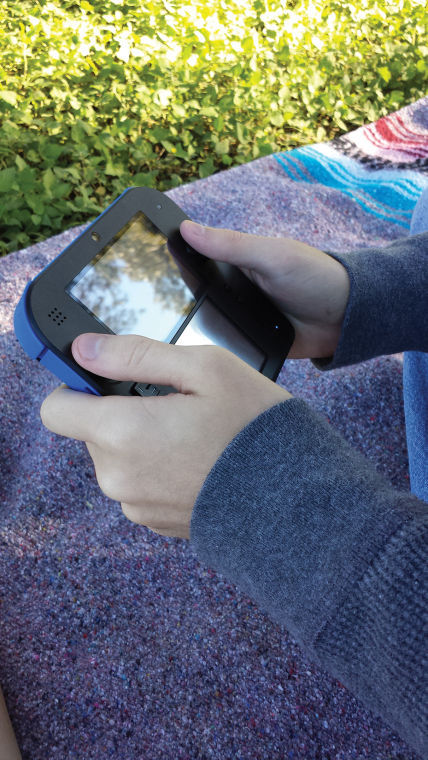Nintendo’s newest handheld console is surprisingly satisfying
When Nintendo revealed its plans for the 2DS earlier this year, the eyerolls were almost audible. From its regressive name (a prequel to the 3DS?) to its non-clamshell design, general consensus was it seemed more like a step backward than anything else.
Except it is actually magnificent.
On the inside, the 2DS is identical to the 3DS–except, of course, for the 3D. There is still wifi capability, SpotPass and sleep mode. Screenshots are easy to capture with the left and right bumpers.
The screen sizes are the same as the normal 3DS, too, and the device is still equipped with both a front- and back-facing camera. And, of course, the 2DS plays all 3DS games, just in 2D.
For many gamers out there, the loss of the extra dimension is hardly missed–the 3D element is rarely a crucial part of any DS game.
The biggest risk Nintendo took with the 2DS was its shape: somewhere between a wedge doorstop and a first-generation tablet. It is considerably larger than a folded-up 3DS, too. But it somehow looks much less clunky, and generally less stupid, in person.
In your hands, the 2DS feels surprisingly natural. The d-pad and circle pad are placed higher up on the device, closer to the top screen than before, but it actually makes for more ergonomic gameplay. And since the narrow end of the wedge shape is at the bottom of the device, the 2DS feels thinner than it looks in the photos. In person, the 2DS feels more like a small tablet than an oversized gaming console.
Also, wifi is no longer controlled by a switch on the device body itself, but is accessed instead on the lower screen’s interface. The result is an updated device that, while larger, comes off suprisingly sleek and modern.
True, it does not fit in your pocket unless your pockets are gigantic, and the screen will probably get scratched up pretty quickly unless you get a case. Still, considering the price difference, it is a reasonable sacrifice. Nintendo sells a few basic, affordable cases to protect the screen and body from any potential damage.
There is also a nostalgic satisfaction, which may or may not be intentional: the general shape and texture is reminiscent of the 2001 Game Boy Advance. Only there are two screens, of course, and the experience is generally more awesome.
Nintendo chose to market the 2DS mainly at younger children as an option for “first-time gamers,” and it is easy to see why. The lack of a hinge means one less thing for a kid to break, and the plastic body is heartier than that of its predecessors. Plus, the release date came early enough for inclusion on young kids’ Christmas lists.
However, Nintendo seems to overlook another significant demographic to which the 2DS appeals: the poor college student who just wants to avoid essays by spending a few hours playing Animal Crossing or Pokémon.
With the 2DS, almost-broke twenty-somethings finally have an affordable means of playing 3DS titles, for about $70 less than the 3DS XL.
The release of the 2DS on Oct. 12 coincided with the debut of the newest iteration of the Pokémon series, “Pokémon X/Y.”
So ignore all the ruckus. The 2DS is better than it looks, and not just for your kid brother.







